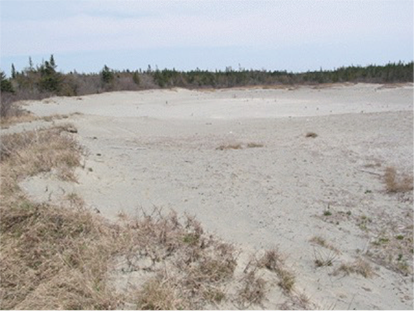
Tailings

Today, mining companies seek to minimize the impact of their operations on the environment and biodiversity while meeting society′s need for minerals, metals and energy products. Once valuable minerals, metals and energy products are extracted from ore, what remains is called tailings. Since this material often contains metals and chemicals that can negatively impact the environment, it is stored in an engineered tailings management area. Effluent from these sites is carefully monitored and treated if necessary.
The design, operation and reclamation of these facilities are approved by Department of Natural Resources (NR&R) and Department of Environment through the Environmental Assessment process and the Industrial Approval process. However, this rigorous environmental approval process has not always been in place.
Historical mining activity that took place prior to legislation that regulates this activity, has left a legacy of historical mine tailings sites that may contain concentrations of chemicals that exceed acceptable standards. These sites are associated with historical coal, gold and base metal mines and are located throughout the province. NR&R works cooperatively with other departments to facilitate remediation of historical mine tailings sites by mining companies that seek to develop the mineral resources that remain, or have since been found on these former mine sites. The department also provides information about historic gold mine tailings and how to avoid exposure to them.
